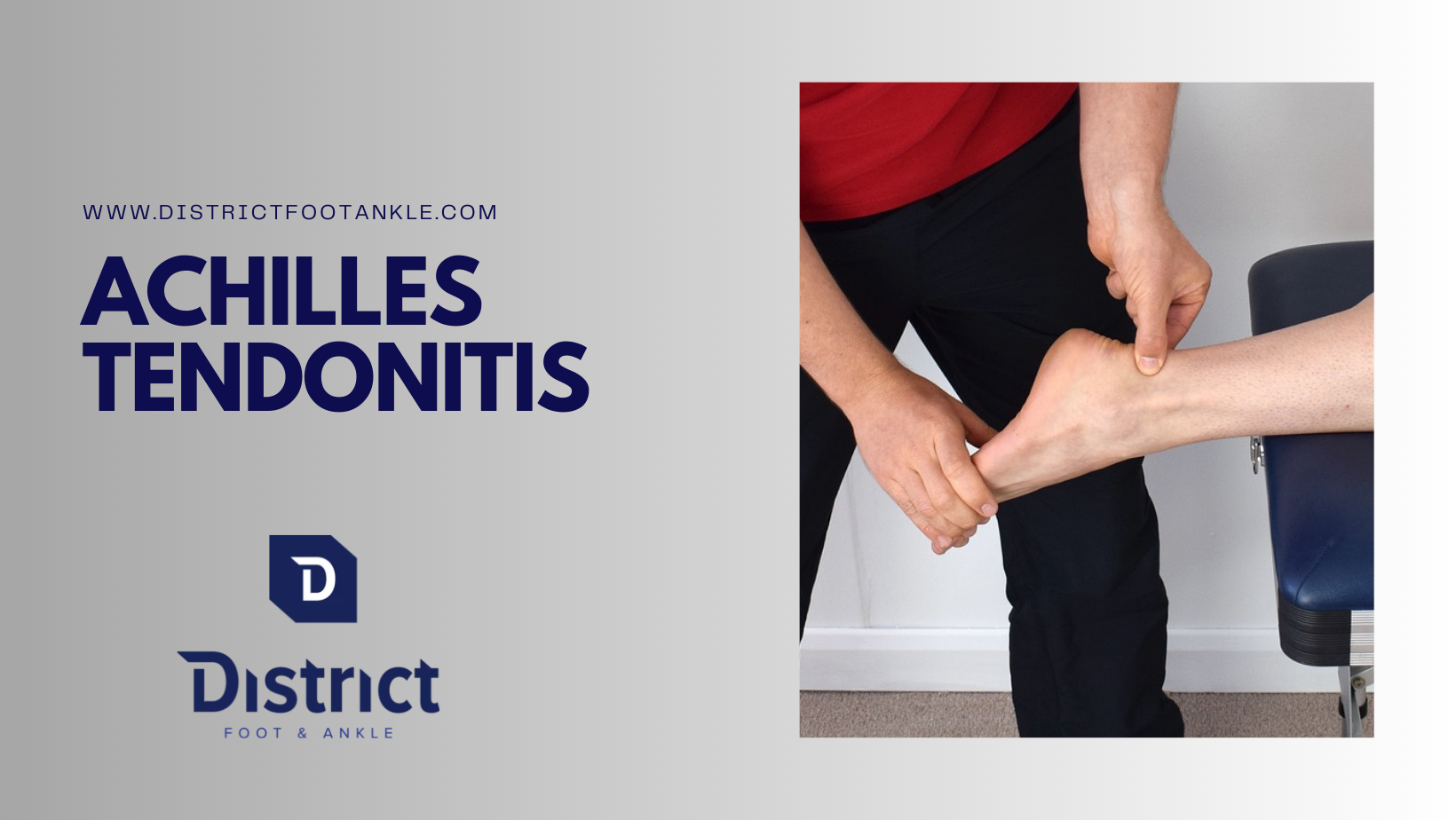Achilles tendonitis, a common condition, affects the body’s largest tendon – the Achilles. It is characterized by pain, swelling, and inflammation in the back of the ankle, which can make it difficult to walk, run, or participate in other activities.
While it is a common condition, it can be debilitating and can significantly impact a person’s quality of life, especially if left untreated.
There are several factors that can contribute to the development of Achilles tendonitis, including overuse, improper footwear, and sudden increases in activity level. It is essential to understand the causes, symptoms, and diagnosis of this condition to ensure timely and effective treatment.
In this article, we will explore the causes, symptoms, and diagnosis of Achilles tendonitis, as well as the treatment and prevention options available. By understanding the underlying mechanisms of this condition, we can take proactive steps to prevent its occurrence and minimize its impact on our lives.
Causes, Symptoms, and Diagnosis of Achilles Tendonitis
Achilles tendonitis is a condition characterized by inflammation of the Achilles tendon, the largest tendon in the body that connects the calf muscles to the heel bone. This condition is often caused by overuse of the tendon, particularly in activities that involve repetitive ankle movements, such as running, jumping, and dancing. Other risk factors include age, gender, obesity, and underlying medical conditions, such as arthritis and diabetes.
Symptoms of Achilles tendonitis include pain, swelling, stiffness, and tenderness in the back of the ankle. In some cases, the pain may be accompanied by a popping or snapping sound when the ankle is moved.
Diagnosis of Achilles tendonitis typically involves a physical examination, imaging tests, and a review of the patient’s medical history.
Treatment options include rest, ice, compression, elevation, medication, physical therapy, and, in severe cases, surgery. Additionally, proper footwear choices and stretching before and after physical activity can help prevent the development of Achilles tendonitis.
Treatment and Prevention of Achilles Tendonitis
Preventative measures and appropriate treatment techniques can effectively manage symptoms associated with Achilles tendonitis.
Non-surgical treatment options include rest, ice, compression, and elevation of the affected area. In addition, rehabilitation exercises such as stretching and strengthening exercises can help to improve the condition of the tendon and prevent future injuries.
Physical therapy is an integral part of the rehabilitation process for Achilles tendonitis. It involves a combination of exercises that aim to improve flexibility, strength, and range of motion. Eccentric exercises, where the muscle lengthens while contracting, have been shown to be particularly effective in treating this condition.
Additionally, proper footwear and orthotics can help to reduce stress on the tendon.
By taking preventative measures and undergoing appropriate treatment, individuals can effectively manage and prevent symptoms associated with Achilles tendonitis.
Conclusion
Achilles tendonitis is a common condition that affects individuals who engage in physical activity that puts pressure on the Achilles tendon. The condition is characterized by inflammation, swelling, and pain in the Achilles tendon.
The primary cause of Achilles tendonitis is overuse, leading to microtrauma that results in inflammation and pain. Other factors that contribute to the development of this condition include a sudden increase in physical activity, tight calf muscles, and improper footwear.
Symptoms of Achilles tendonitis include pain in the back of the heel, stiffness in the tendon, and difficulty walking or standing for extended periods. Diagnosis of the condition typically involves a physical examination and imaging tests, such as an ultrasound or MRI.
Treatment for Achilles tendonitis includes rest, ice, compression, and elevation of the affected area. In severe cases, surgery may be required to repair the tendon.
Prevention of Achilles tendonitis involves proper stretching before physical activity, wearing shoes that fit properly and provide adequate support, and gradually increasing the intensity and duration of physical activity.
In conclusion, Achilles tendonitis is a painful condition that can be prevented by taking the necessary precautions and engaging in physical activity in a safe and gradual manner. Prompt diagnosis and appropriate treatment can prevent further damage and maintain an active lifestyle. By following these guidelines, individuals can maintain regular physical activities while minimizing the risk of developing Achilles tendonitis.

